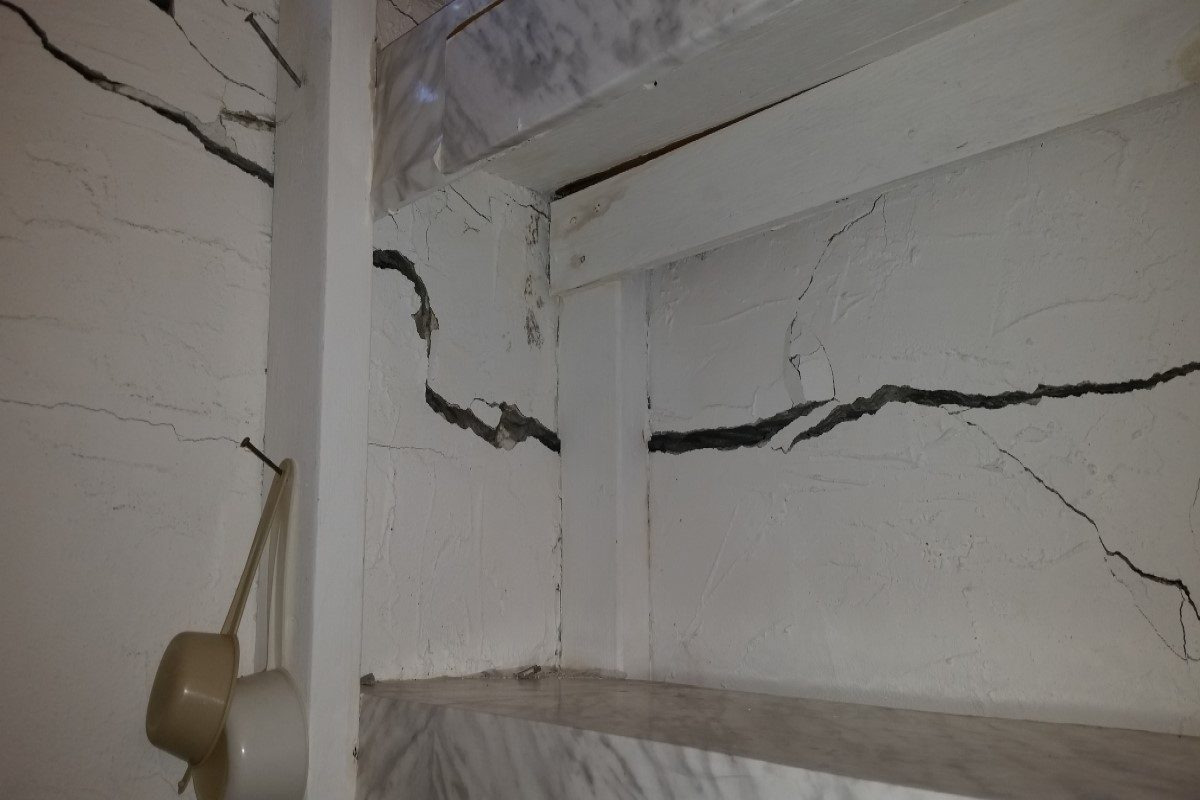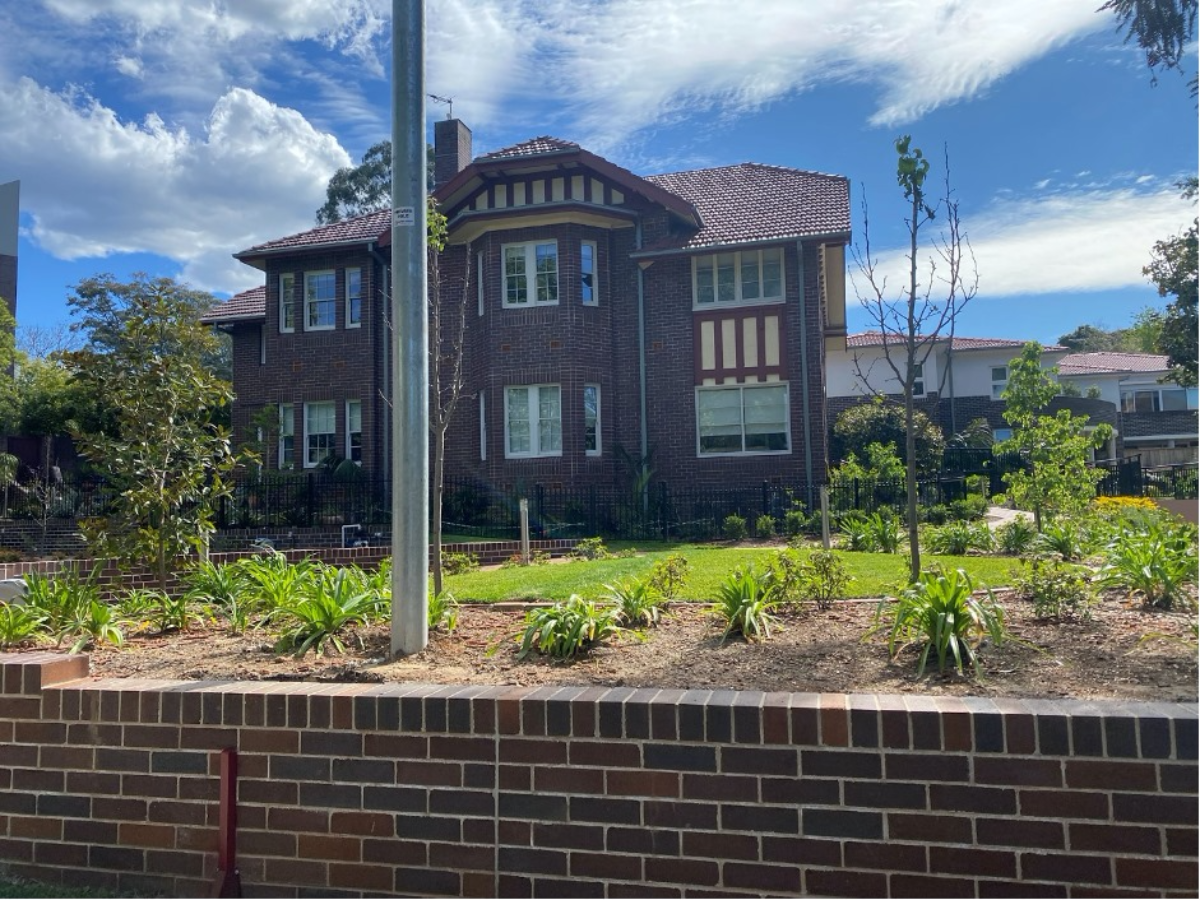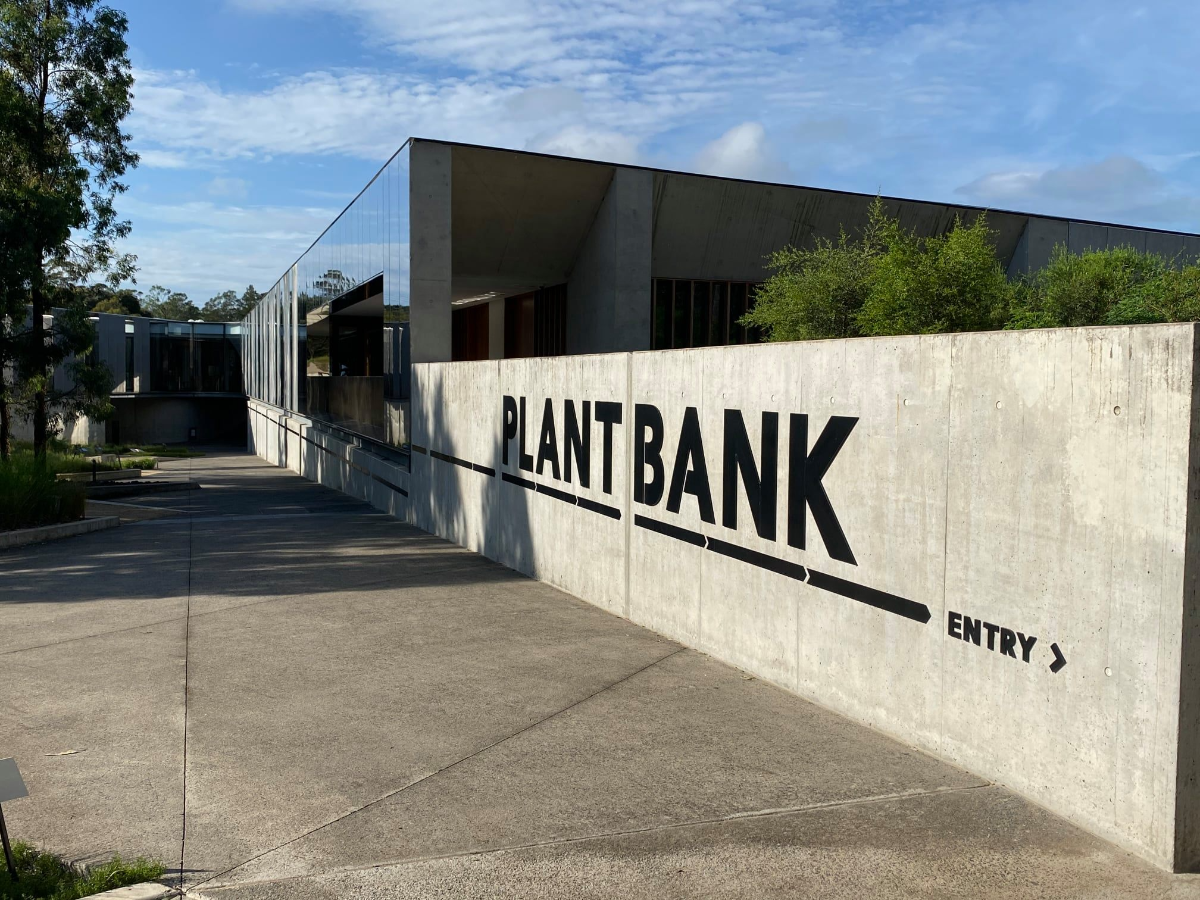
- July 13, 2021
- Effective Building
- 0
After the Mascot Tower and the Opal Tower incidents were revealed in Sydney, several inquiries regarding basement cracks in strata buildings from residents and owners corporations are also increasing.
While we all want to find out if the buildings are structurally safe to live in, all stakeholders are urged to answer observed cracks.
This post will help you find the answers to what, why, and how to deal with the structural cracks in the basement.
What is a Structural Crack in the Basement?
You saw a crack on the surface of a concrete slab, and you ask yourself, “what does it mean?” Well, let’s start with understanding some crack types from AS 2870 (Residential Slabs and Fittings).
1. Cracks (Negligible Damage)
There is a little movement of slab from level with approximately <0.33mm crack width limit in the floor.
2. Fine but Noticeable Cracks (Very Slight Damage)
The slab is at a reasonable level with a <1.00mm crack width limit on the floor.
3. Distinct Cracks (Slight Damage)
The slab is noticeably curved or changed in level with an estimated <2.00mm crack width limit on the floor.
4. Wide Cracks (Moderate Damage)
This has an obvious curvature or change in the slab level with a 2.00mm-4.00mm crack width limit in the floor.
5. Gaps in Slab (Severe Damage)
There is a disturbing curvature or change in level in the slab with approximately 4.00mm-10.00mm crack width limit in the floor.
A crack that’s less than 2mm crack width is most likely structurally sound (but not always). A quick way to check the crack’s width is to is insert 2 back-to-back credit cards (a credit card is about 1mm thick) into the crack.
However, if the cracks observed are beyond 2mm crack width, then you’ll likely need structural repair or remediation work.
Why Do Structural Cracks in Basement Occur?
The most common causes of structural cracks in the basement are:
- Corrosion of reinforcement
- Thermal movement
- Moisture changes
- Chemical reaction
- Foundation movement
- Creep
- Shrinkage
- Soil settlement
- Overloading
- Elastic deformation
- Bad quality materials
- High-risk design concept
- Wrong concrete poured
- Poor construction practices
- Poor design detailing
- Poor maintenance
- Poor specification
- Unreasonable wear and tear
- Poor workmanship
How Do You Deal with Structural Cracks?
Generally, our goal here is to ensure that the building will look and perform as it was designed and anticipated for its purpose. But we at Effective Building & Consultancy want to ensure that the building would continue to perform longer.
The resolution for this differs depending on the stakeholders.
Residents
For them, they just want the cracks to disappear by having them filled and repaired at no cost, especially if these are found within the builder’s warranty or defect liability period. Typically, the resident will tell his finding to the Owners Corporation or Strata Committee for action.
Owners Corporation and Strata Committee
The Owners Corporation and the Strata Committee have two choices:
- Contact the Builder or Developer for their action when issues cannot be resolved.
- Engage a third-party consultant, Elie Farah, to assess the significance of the crack.
The stakeholders will decide after the expert’s advice.
Builder and Developer
The last thing they want to hear is that there was a crack found in the building. They may also engage the structural engineer who designed the original structure to investigate the issue.
It’s important to note that not all types of cracks require the same level of structural attention.
Effective Building & Consultancy’s building inspector can assess the situation to design the most effective remedial method to restore the structure’s design.
How Can Effective Building & Consultancy Help You With Structural Cracks in Basement?
A structural engineer is the one who assesses the case. As a structural engineer and building inspector with more than 20 years of experience, I narrow down the possible causes as efficiently as possible by undertaking the following actions:
- Conduct a site inspection to measure and note the crack width, pattern, and slab deformation.
- Perform in-depth analysis and calculation to understand the current structure based on theoretical inputs
- Check construction stage photos and the construction method used by the builder, load history, and material documents. This way, I can compare the theoretical model with the actual as-built condition.
- Analyse the simulated cases that might cause the slab cracks and deformations found on site
Repair Techniques
The crack repair can be achieved with the following techniques
- Epoxy-injection grouting
- Partial demolition and rebuild
- Flexible sealing
- Routing and sealing
- Providing additional external reinforcement
- Stitching housing steel or carbon fibre strips
- Providing additional vertical support or steel beam
- Driling and plugging
- Dry packing
- Grouting
- Surface coating
- Rendering
The method to be done would depend on the repair purpose, timing, cost, commercial risk, structural risk, cause of the crack, and reputation risk.
Crack Prevention
Though it’s impossible to guarantee against cracking, some things can be made to minimise the occurrence of cracks. The prevention tips could be done during the slab element construction process.
- Engage with a highly experienced and certified structural engineer.
- Allow a designated number of pour joints, slip joints, and movement joints.
- Allow for extra mesh steel sheets.
- Minimise cast-in pipes or conduits.
- Strictly monitor the quality of concrete supply.
- Ensure vertical supports are properly connected to the slab.
- Allow pouring under extreme temperature or weather.
- Allow budget and labour for proper curing for 7 to 10 days.
- Ask for the engineer’s approval on any proposed loading on the slab due to heavy equipment, machinery, construction vehicle, scaffolding, etc.
Being inattentive can lead to damage in the building in its future. This can lead to structural failure. The occurrence of cracks isn’t preventible but can be controlled if proper consideration is given to construction material, structural design concept, construction technique, and construction stage load level.
For more information about our building inspection services, visit our Help Centre.
Suppose you are planning to work on multi-story units. In that case, you may find yourself wondering if you should Read more
Heritage buildings represent the history and culture of a nation. They constitute together the architectural heritage of an area. Heritage Read more
The Australian PlantBank is a remarkable new plant conservation laboratory at The Australian Botanic Garden in Mount Annan. It is Read more





